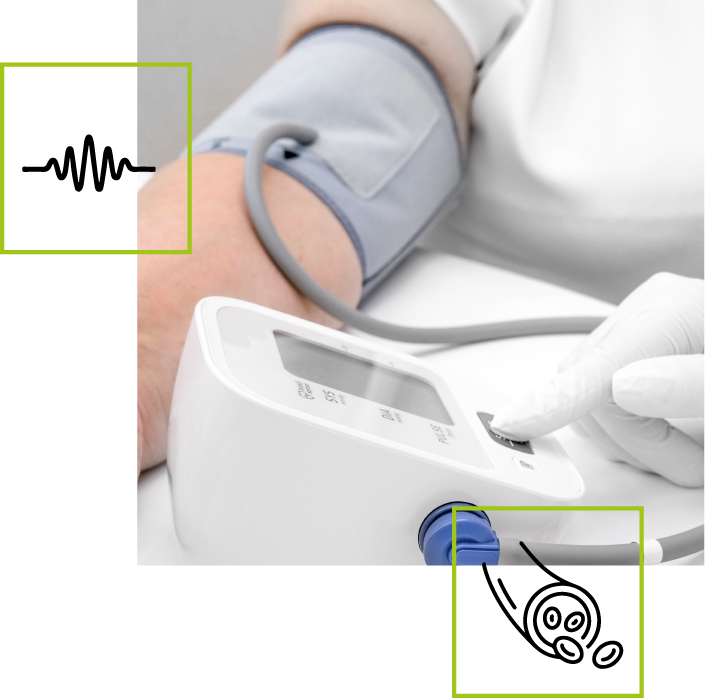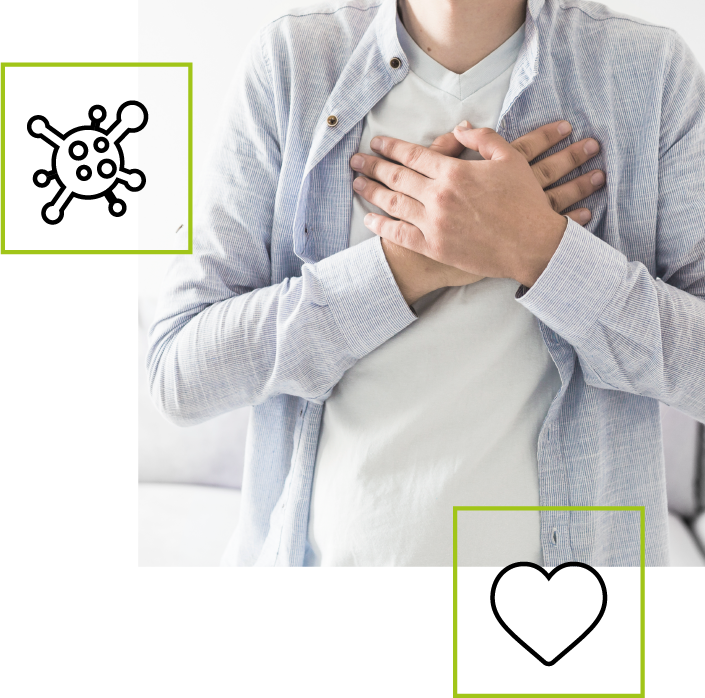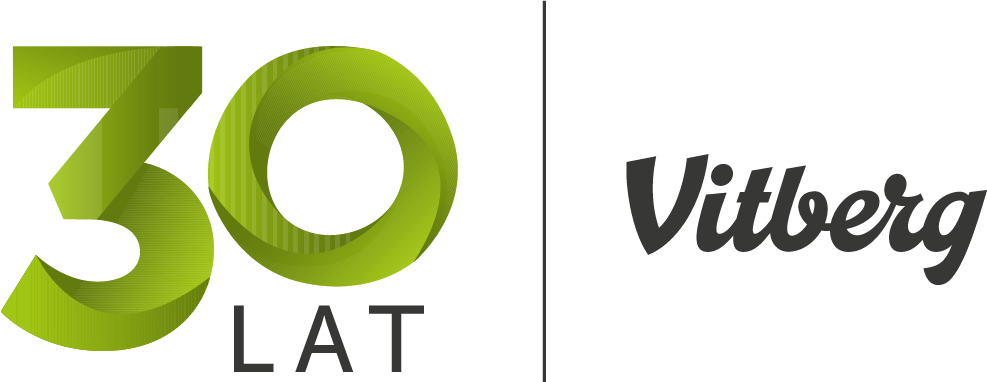Cardio program for cardiovascular disorders
It improves cardiovascular fitness and heart rate indicators, facilitates the dissolution of blood clots, improves blood saturation and blood flow, and reduces the risk of acute cardiac incidents.
How does it work?
Vibration reduces arterial stiffness and thus the risk of heart attack or stroke, lowers blood pressure in people with hypertension or hypertensive conditions, and improves vascular endothelial function.


When and for whom?
The Cardio preventive program can be used by anyone. Particular attention should be paid to it by those at risk of heart disease or atherosclerotic lesions. In addition, we recommend it for people suffering from complications after COVID-19 or after other severe diseases.
Effectiveness
After vibratory stimulation, an increase in oxygen supply to skeletal muscles was observed, as well as blood flow velocity in the popliteal artery, as a result of dilatation of small blood vessels and an increase in venous return.

Aoyama A, Yamaoka-Tojo M, Obara S, Shimizu E, Fujiyoshi K, Noda C, Matsunaga A, Ako J. Acute Effects of Whole-Body Vibration Training on Endothelial Function and Cardiovascular Response in Elderly Patients with Cardiovascular Disease. Int Heart J. 2019 Jul 27;60(4):854-861
Benefits of vibrotherapy

No side effects

Action confirmed by scientists and practitioners

Perceptible effects from 1 treatment

Long-lasting effects through systematic use
Choose the right product
We will help you select a set of modules that suits your conditions.
Vibrotherapy in cardiac rehabilitation
How can vibrotherapy help with cardiovascular complications? We will outline this in a few points.
Vibrotherapy lowers blood pressure in people with hypertension and high blood pressure.
Vibration reduces arterial stiffness - among people whose arterial elasticity has decreased, the risk of serious cardiovascular diseases such as heart attack and stroke increases.
For cardiac disorders, vibration improves heart rhythm indicators.
Vibrotherapy facilitates the dissolution of clots and thus improves blood flow and saturation. We wrote about this in an article on atherosclerosis.
Translational studies have shown that vibration training has the potential to increase cardiac tolerance to ischaemia-reperfusion injury
Vibration is used in intensive care units to improve oxygenation and ventilation in patients with COVID-19 . These patients cannot undertake physical activity, so vibration therapy is used as an alternative. Among other things, this improves cardiovascular fitness in patients and reduces their length of stay in the ICU.
A major advantage of vibrotherapy is that it can also be used in the course of other conditions and problems.
How to improve blood circulation?
Improving circulation in life-threatening or health-threatening situations is dealt with exclusively by a doctor after interviewing the patient and carrying out appropriate examinations. Natural ways to improve circulation include undemanding physical exercise, eating more citrus fruit or taking alternating hot and cold showers. Massages work well. A great way to improve circulation is vibrotherapy, which is gaining popularity in Poland and worldwide.
Vibrotherapy applied to the upper and lower limbs significantly improves blood flow in a mechanical way. It is classified as a physical therapeutic method that has no side effects and can also be used by the elderly. The effect of vibrotherapy on the cardiovascular system is documented by many independent studies.
How vibrotherapy contributes to improved circulation:
- improves blood flow in the limbs - this effect persists even after the therapy session has ended,
- accelerates the removal of metabolic by-products,
- reduces pain and discomfort associated with varicose veins, swelling and skin lesions,
- takes care of the muscles and the state of the cardiovascular system (including reducing the stiffness of the arteries).
It is worth remembering that, unfortunately, at a certain age, ailments are sometimes interconnected. It is not necessary to go to a professional physiotherapy clinic for this type of therapy, as it is possible to obtain equipment designed for vibrotherapy at home.
Symptoms of circulation problems
Among the main symptoms of circulation problems are chronic fatigue and tiring too quickly. Brittle nails, falling hair and a pale, sallow complexion, cold hands and feet are further warning signs. Symptoms of poor circulation can also be seen in the form of bluish or purple lesions, which usually appear on the feet and calves. The feet are also often swollen.
Varicose veins and ulcers occur in people affected by circulation problems. In addition, impaired circulation may be accompanied by symptoms such as muscle cramps, frequent numbness in the limbs or lower extremities, throbbing and tingling.
What could be the cause of poor circulation?
Circulation problems often occur due to narrowing of the blood vessels and, in extreme cases, even complete blockage. This is mainly due to the build-up of atherosclerotic plaques in the lumen of the arteries or to medical conditions such as hypertension or diabetes. Causes of poor circulation can include relatively minor causes as well as life-threatening situations. The triggering factor for health problems can be an unhealthy lifestyle, atherosclerosis, inflammation within the vessels, heart disease, ischaemic disease or valve defects. Often, poor circulation is the cause of other, more serious conditions or, conversely, can be the result of other ailments, which is why extensive diagnosis is so important. In order to determine the exact cause of poor circulation in a particular case, it is necessary to consult an internal medicine doctor first. He or she will order basic examinations and, if necessary, refer you to an appropriate specialist.





